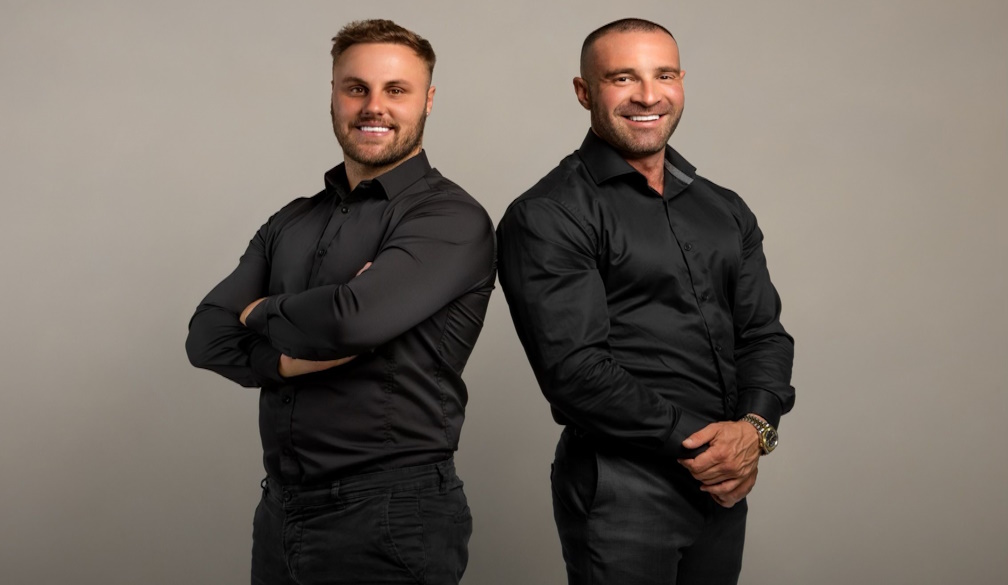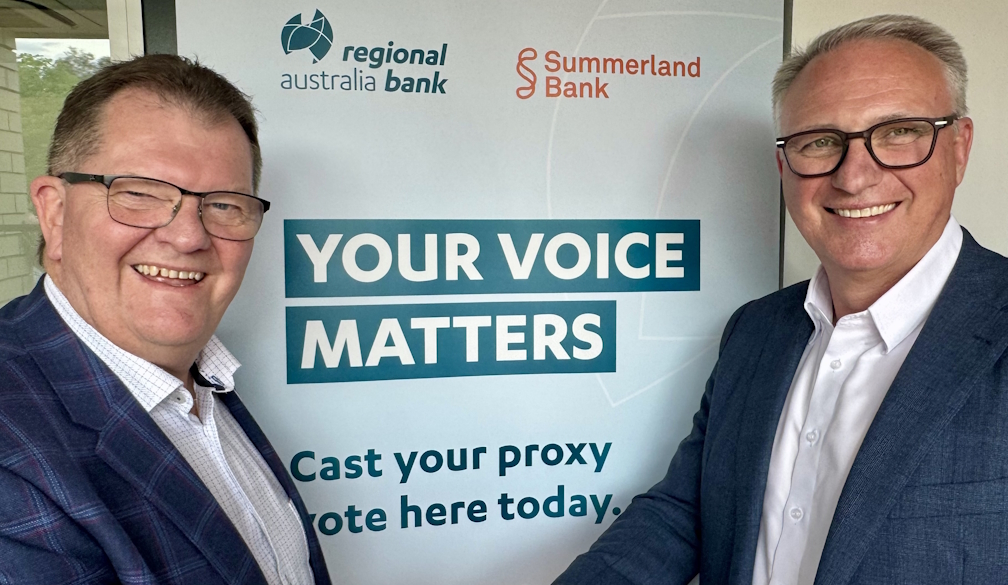Building Resilient Architectures with Cloud-Native Observability

The average downtime of a critical business application can cost anywhere from $300,000 to $400,000 per hour according to Gartner. For digital-first businesses, this is not just a financial concern but also a reputational risk. Behind the scenes, teams are no longer asking whether a system works but whether it can adapt, recover, and perform consistently under unpredictable conditions. This is where cloud observability and resilience-oriented practices come into play.
Why Is Observability Essential for Modern Apps?
Applications today are rarely monolithic. They run across containers, microservices, and distributed systems, often spread across multiple clouds. Traditional monitoring tools were designed for simpler environments. They tell you when something is broken, but they rarely explain why.
Observability goes deeper. It focuses on understanding system behavior by analyzing outputs like logs, metrics, and traces. When combined with resilience engineering and cloud infrastructure management services, observability ensures that businesses not only detect issues but also anticipate and prevent failures before they impact users.
Consider an e-commerce platform during peak shopping hours. Monitoring might alert you when a payment gateway slows down, but observability shows you the chain reaction across microservices: from API delays to user checkout failures. This holistic visibility is essential for resilience.
Core Components of Cloud-Native Observability
The foundation of cloud observability lies in three pillars. However, in modern architectures, these extend further into actionable insights.
|
Component |
Purpose |
Cloud-Native Extension |
|
Logs |
Record discrete events, often used for debugging. |
Centralized log pipelines with contextual correlation across services. |
|
Metrics |
Provide numerical data about performance (CPU, latency, etc.). |
Auto-scaled metrics tied to cloud-native orchestration layers. |
|
Traces |
Follow a request’s journey across distributed systems. |
Distributed tracing integrated with service meshes like Istio. |
|
Events |
Capture system changes such as scaling or deployments. |
Connected to orchestration frameworks for real-time diagnosis. |
|
Profiles |
Provide continuous runtime insights into code execution. |
Used to fine-tune microservices in dynamic environments. |
This extended model goes beyond passive monitoring. It enables a proactive stance where developers and operators can ask new questions about system performance without predefining every metric.
Strategies for Ensuring System Resilience
Observability becomes powerful when coupled with resilience-focused design. Building resilient architectures requires deliberate choices:
- Failure Injection Testing: By running chaos experiments, teams can measure how services behave under stress and validate their observability signals.
- Feedback Loops: Observability data should flow back into design, not just operations. For example, recurring latency patterns might inform how teams re-architect APIs.
- Adaptive Thresholds: Static alerts fail in dynamic cloud environments. Use machine learning–based anomaly detection on observability data to adjust thresholds in real time.
- Dependency Mapping: Understanding hidden dependencies between microservices is crucial. Observability tools powered by distributed tracing make this map visible.
Resilience is less about preventing all failures and more about ensuring systems degrade gracefully and recover quickly. With monitoring in cloud environments tied closely to observability practices, organizations can balance agility with reliability.
Tools and Frameworks (AWS, Azure, GCP)
Cloud providers now offer mature observability ecosystems. Choosing the right set of tools depends on existing infrastructure and specific use cases.
|
Cloud Provider |
Key Tools for Observability and Resilience |
Unique Strengths |
|
AWS |
Amazon CloudWatch, AWS X-Ray, Amazon Managed Grafana, Amazon OpenSearch |
Tight integration with Lambda, ECS, and serverless monitoring. |
|
Azure |
Azure Monitor, Application Insights, Log Analytics, Azure Service Health |
Strong developer experience with seamless integration into DevOps pipelines. |
|
GCP |
Cloud Operations Suite (formerly Stackdriver), Cloud Trace, Cloud Logging |
Advanced AI-driven insights, strong Kubernetes-native observability. |
In practice, teams often combine native services with open-source frameworks like Prometheus, Jaeger, or OpenTelemetry. This hybrid approach provides consistency across multi-cloud setups, ensuring observability data remains portable and not tied to a single vendor.
Best Practices for Implementation
Adopting cloud observability in practice requires more than enabling dashboards. It requires cultural alignment, disciplined engineering, and structured rollout.
1. Start with Clear Objectives
Before implementing tools, define what matters. Is it reducing mean time to recovery (MTTR)? Is it tracking business KPIs like checkout success rates? Align observability metrics to business outcomes.
2. Build Standardized Instrumentation
Use distributed tracing frameworks consistently across microservices. Lack of standardization leads to blind spots, particularly in large teams. OpenTelemetry is now widely adopted as a common instrumentation layer.
3. Treat Observability as Code
Manage observability pipelines through infrastructure-as-code. This makes monitoring rules, dashboards, and alerting policies repeatable and auditable.
4. Foster Cross-Functional Collaboration
Observability is not just for operations. Developers, product owners, and even business analysts should have access to observability data. This shared context builds trust and accelerates problem resolution.
5. Combine Automated and Manual Insights
Automation can catch anomalies quickly, but human intuition often detects subtler issues. Encourage runbooks and post-mortems informed by both.
The Human Factor in Observability
An overlooked aspect of monitoring in cloud environments is how people interact with data. Dashboards overloaded with metrics often do more harm than good. The goal is not more data, but better context.
Resilience engineering emphasizes this human factor. It encourages systems to be designed so operators can adapt when conditions deviate from the norm. Observability tools should support decision-making, not overwhelm with noise.
For example:
- Instead of 100 alerts, the design aggregated alerts with drill-down paths.
- Provide visual correlation between logs, traces, and metrics rather than siloed views.
- Document decisions made during incidents and feed them back into the system as annotations.
Looking Ahead
As architectures evolve toward edge computing and AI-driven workloads, the need for resilience will only grow. Observability will shift from being reactive to predictive. Imagine anomaly detection models forecasting a storage failure hours before it happens, or automated remediation workflows triggered by trace anomalies.
The future of cloud observability is not about replacing humans but about augmenting them. It is about giving engineers the right insights at the right time so that they can design systems that withstand turbulence.
Conclusion
Downtime is no longer a simple technical hiccup—it is a business event with measurable impact. By combining cloud observability with resilience engineering, organizations can build architectures that adapt, recover, and maintain user trust in unpredictable environments.
The journey requires more than tools. It calls for strategy, collaboration, and a cultural shift toward treating observability as a first-class concern in system design. The businesses that succeed will be those that don’t just monitor but truly understand their systems, anticipate issues, and act with confidence.









